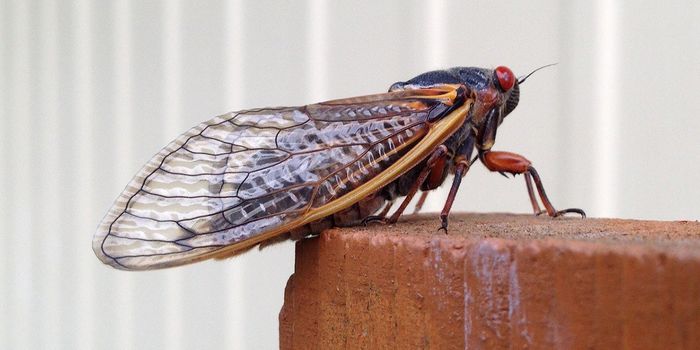Priceless paintings from masters like Renoir, Monet and Rembrandt are hung in museums all over the world. They are a precious reminder of history, of art and of a time gone by. But paints used hundreds of years ago were likely not meant to last for centuries. Restoring great works of art is a painstaking process that must seek to repair but not change the original work. Art restoration professionals have begun to notice tiny craters in paintings, that are not just worn spots but have been revealed to be microscopic bits of lead soap.
Originally, art historians thought the small pock marks were bubbles from off-gassing of chemicals in the paint. Petria Noble, a restorer, was working on a Rembrandt and removed bits of the craters to examine them. They initially looked like insect eggs, but when tested were bits of lead from soap. The soap had actually formed on the paintings when fatty acids from the oil in paint mixed with lead ions in the pigments. This chemical reaction of a negatively charged fatty acid being drawn to a positively charged lead ion can cause delamination, causing the paint to erupt from the surface and flake off. As it turns out, dry paint is not chemically stable. Conservators have a hard time cleaning paintings that have metal soap build up, since even plain water can accelerate the chemical reaction and cause more lead soap to form.








